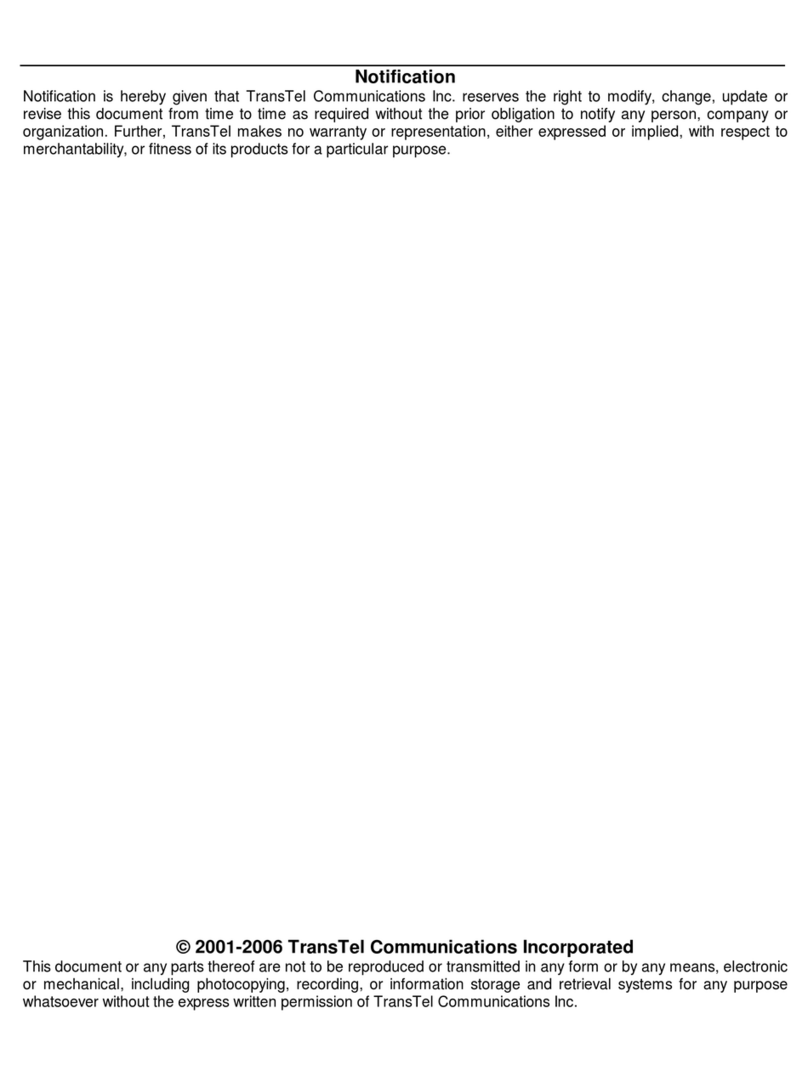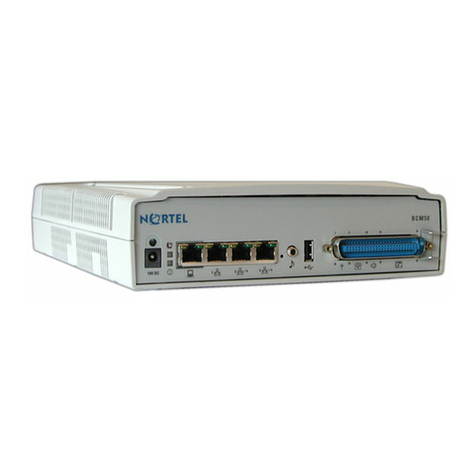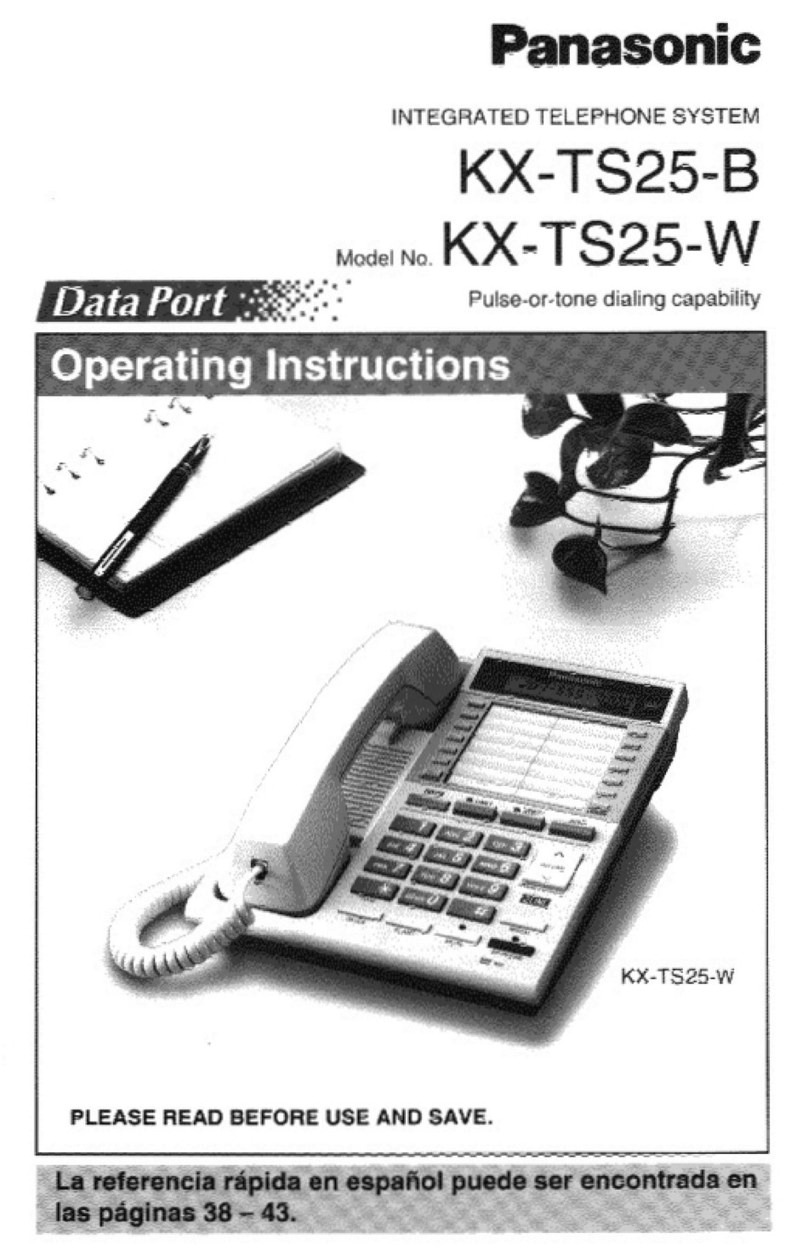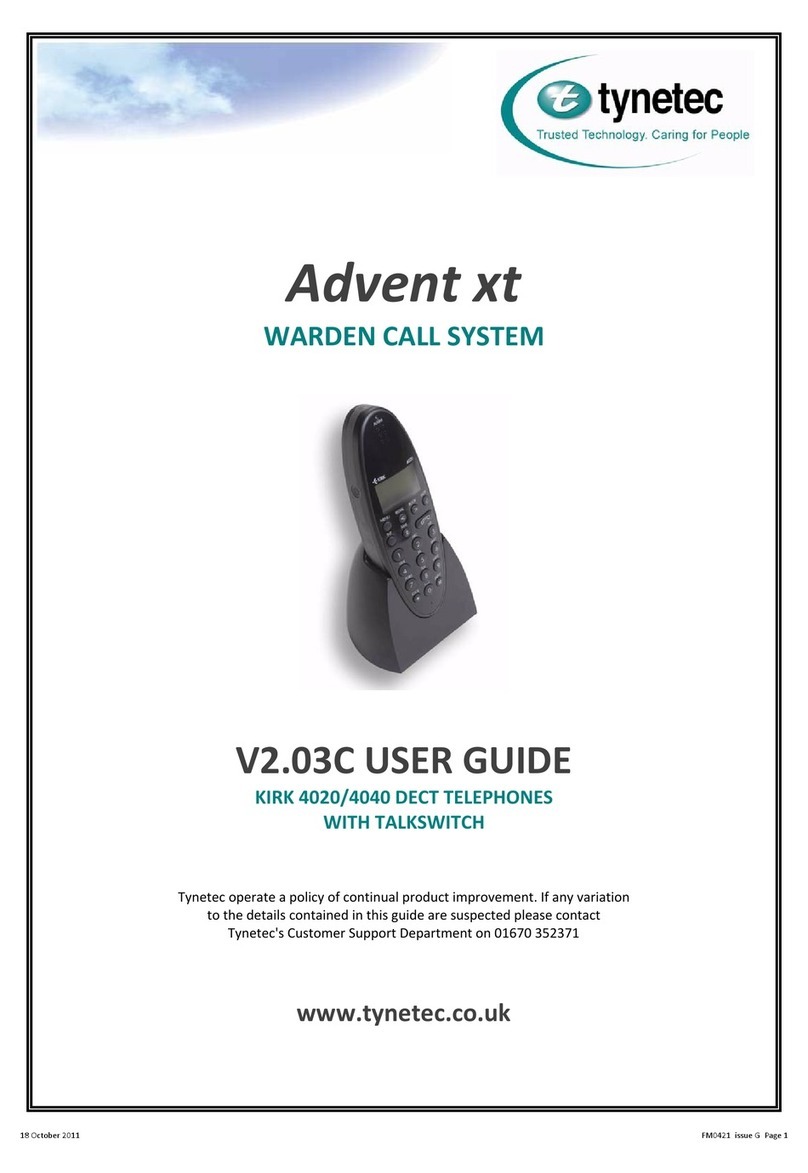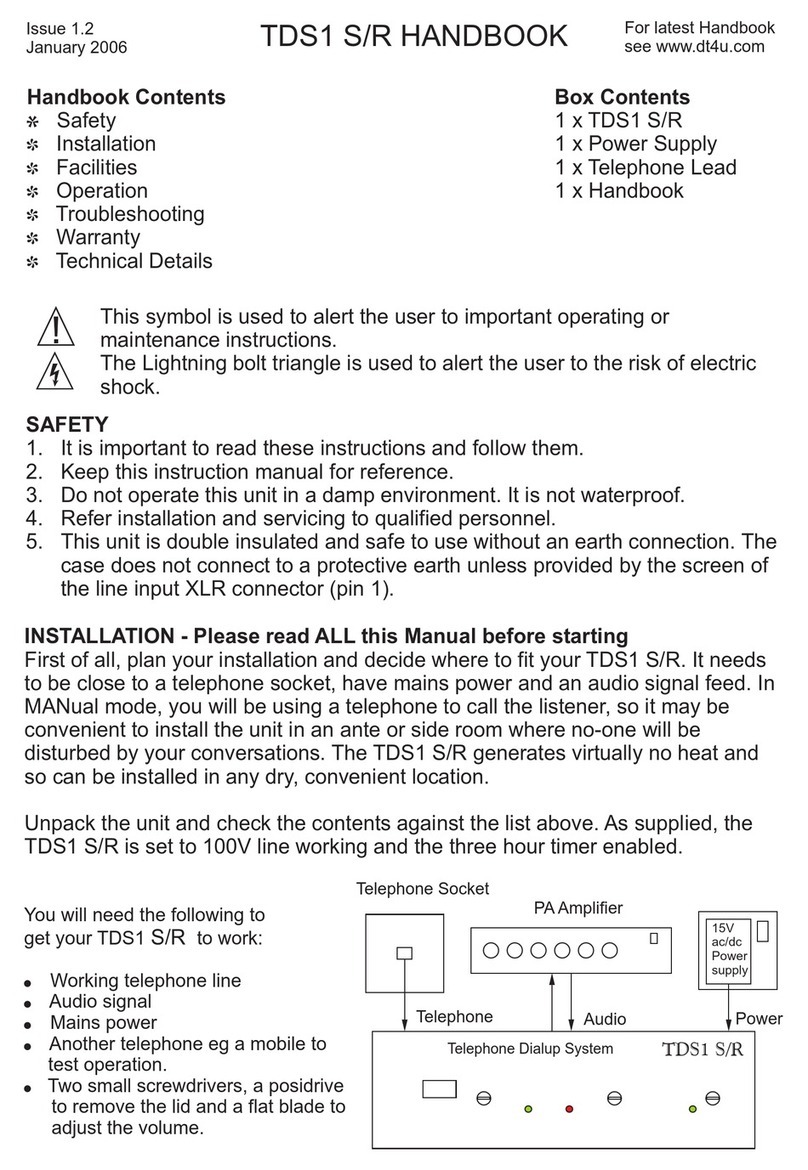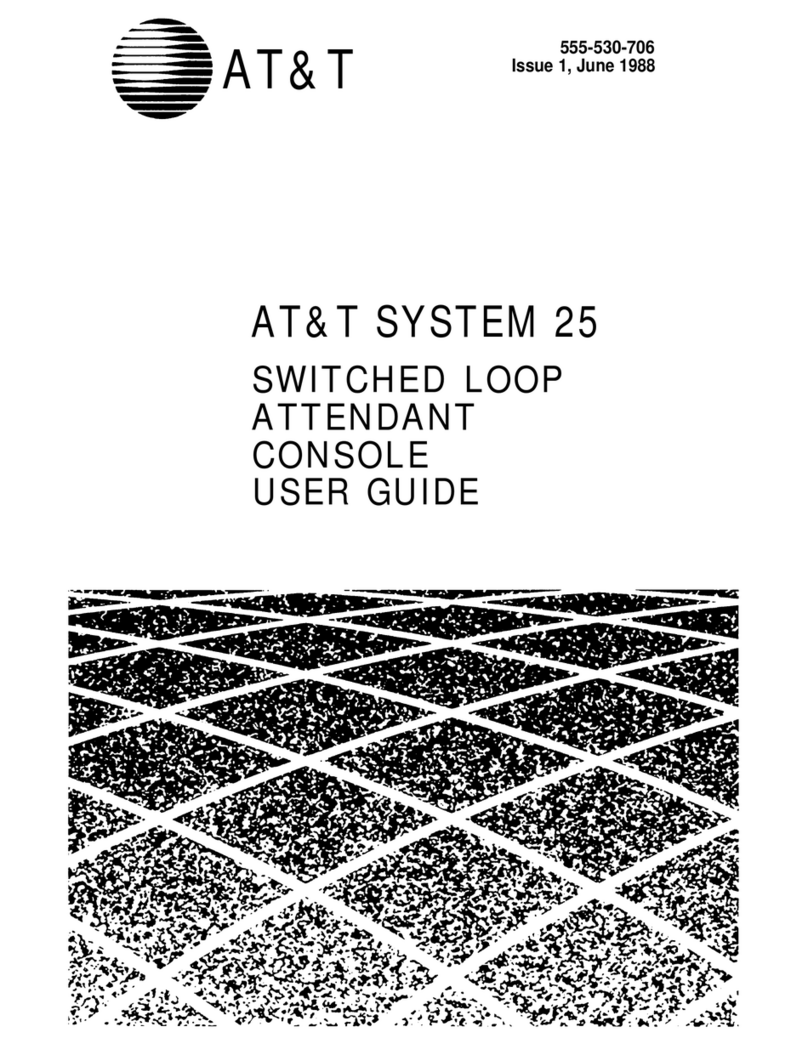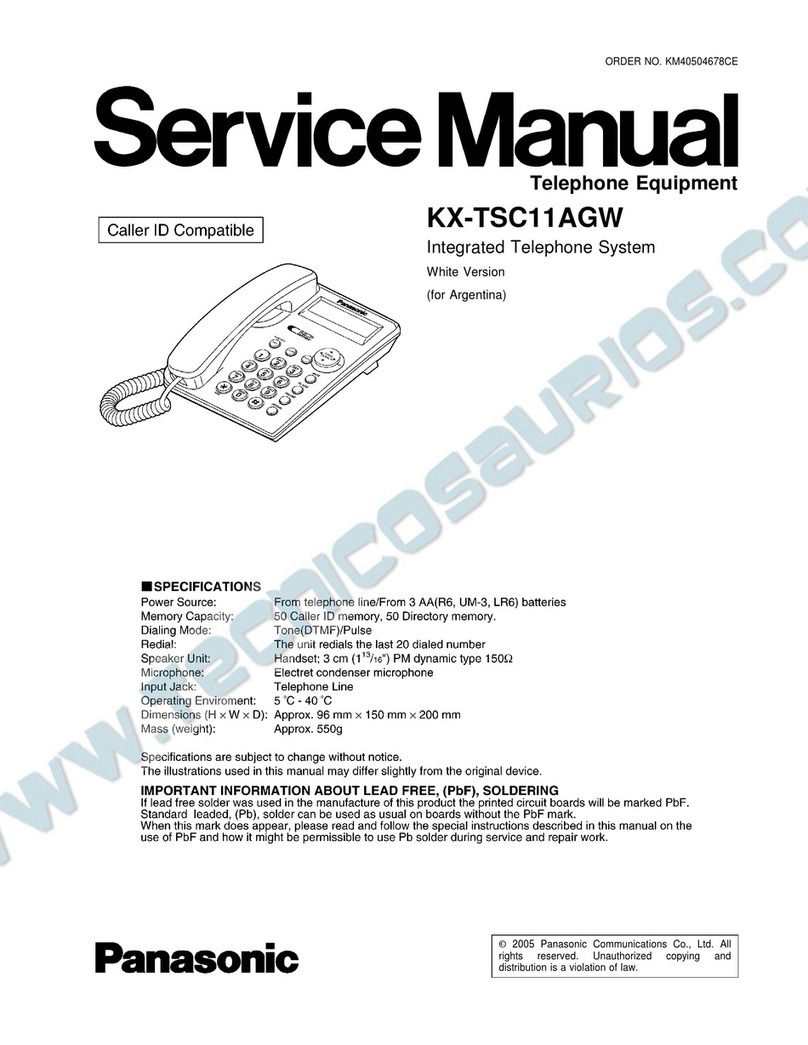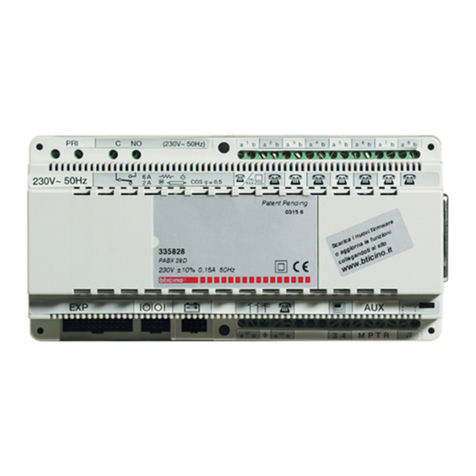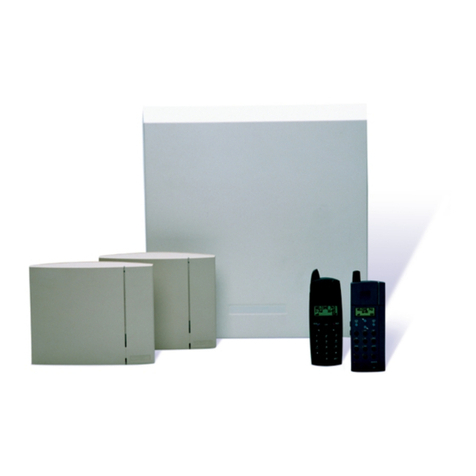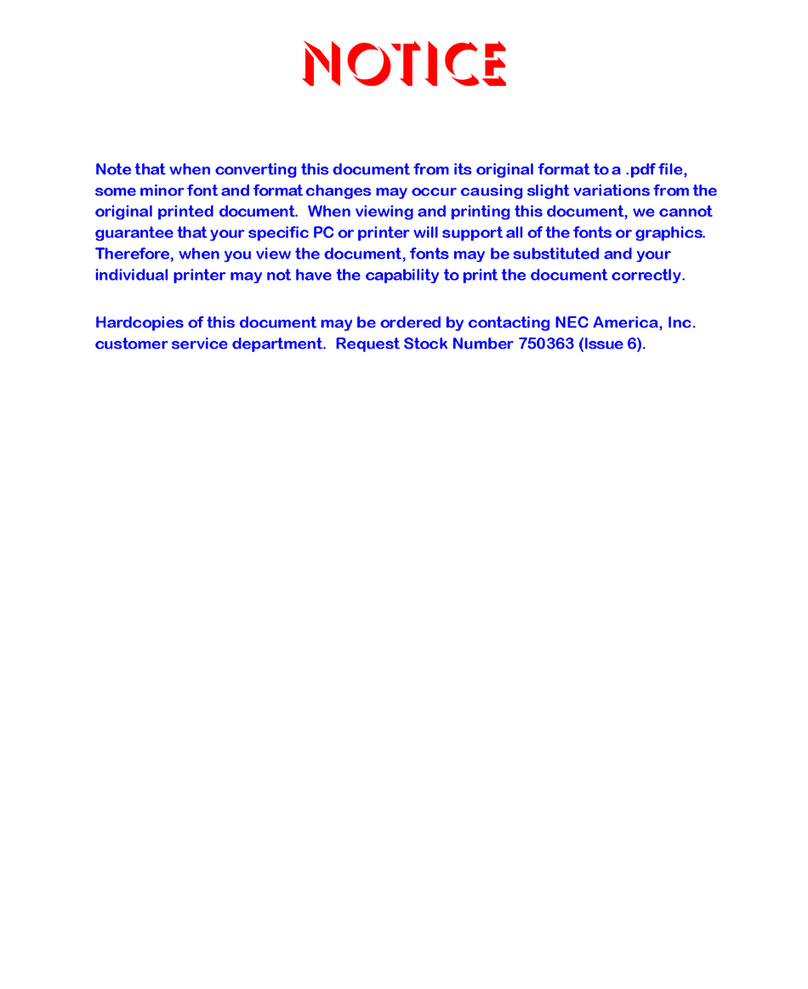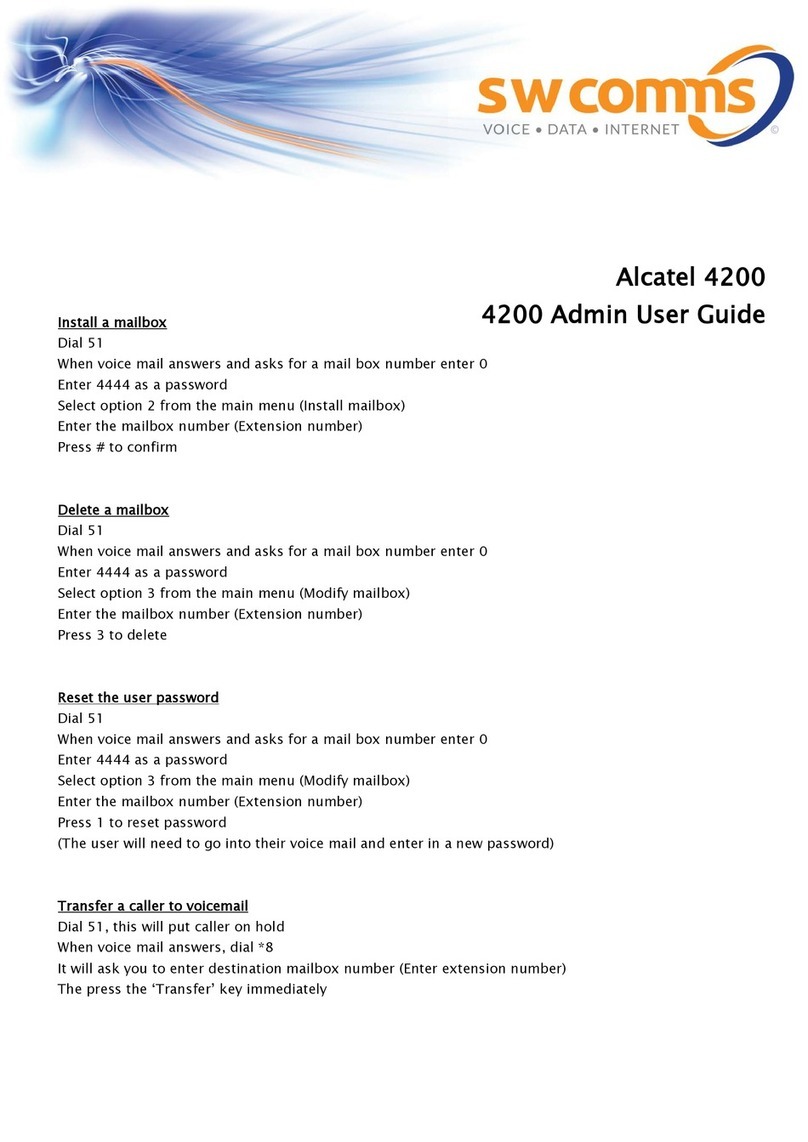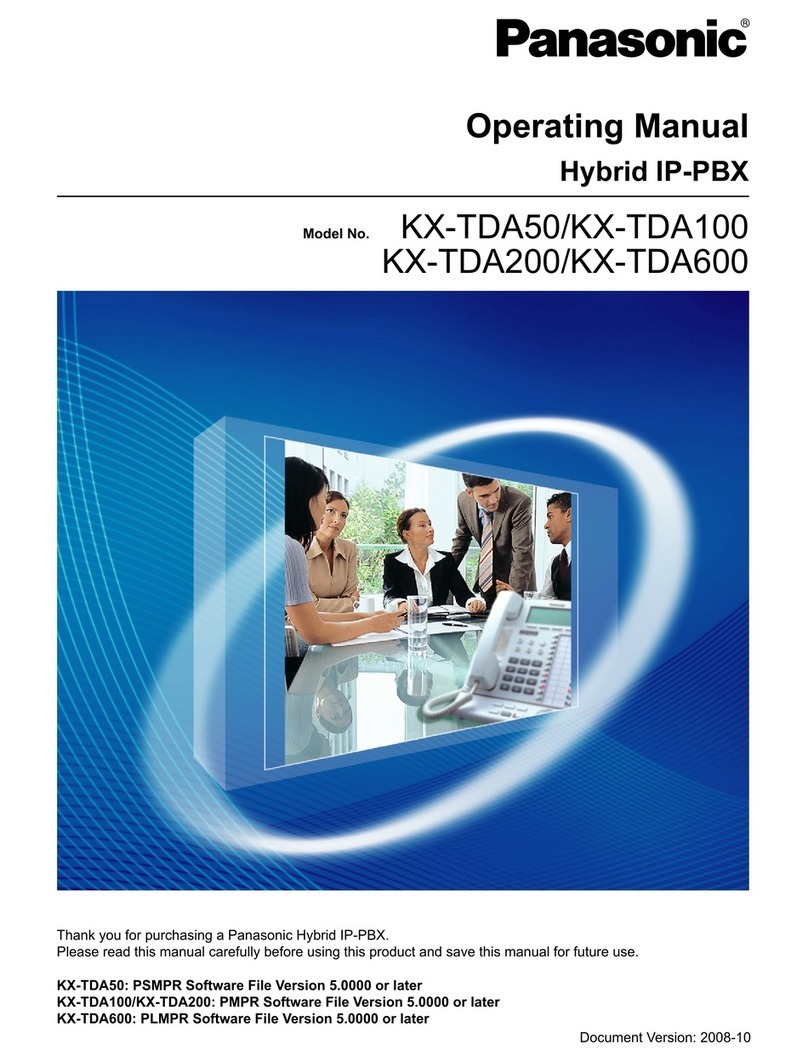
TDS1 OPERATION
Switch the TDS1 on. Note the green power light illuminates and the Active light flashes,
one flash for automatic operation, two flashes for manual. This confirms the
microprocessor is running. If a remote indicator is fitted, this flashes in sympathy with the
Active light. The TDS1 is now ready for use.
MANual mode Put the switch to Manual. In this mode, both the Dialup unit and a
normal telephone need to be connected to the line. Dial the number of the person
nominated to listen in and wait until connected. After establishing connection move the
switch from the Manual position to the H/R (Hold / Release) position and keep it pressed
until the green Active light comes on and you can hear sound from the system. Replace
the telephone handset (hang up). The Active light remains on and the called person can
hear the program. Press the H/R switch for about 3 seconds at any time to disconnect the
Dialup and end the call - green Active light goes out. The call is automatically ended after
about 3 hours as a safety precaution though this option can be defeated by moving an
internal link.
Note that the TDS1 when set to the MANual position and not holding a call, is effectively
disconnected and will not answer calls or transmit any audio. This can be useful if
confidential meetings are scheduled and it is important not to allow anyone to listen in.
Automatic Mode When set to AUTOmatic there is nothing to do - the first incoming
telephone caller is automatically connected to the sound system and remains connected
until they choose to terminate the call. Pressing the H/R switch has no effect and will not
release the line. Turn off the power to disconnect the caller if necessary.
General Operating Pointers The sound operator will need to think about his new role
in broadcasting the program not only in terms of his local audience, but also those now
connected by land line. Unlike a live audience who may be able to half hear even with the
microphone turned off, those listening in will hear nothing at all if the sound operator fails
to react quickly to someone speaking and this is especially noticeable when using a
switch to turn microphones on and off, perhaps missing the first word or sentence even.
Like a normal radio station, total silence in the program is highly undesirable and can
mislead the listener to think there is a fault in the system perhaps even causing them to
hang up and end the call by mistake. To avoid this, the sound operator must always be
transmitting something even a small amount of background noise (chatter) will help. This
is especially important before and after the meeting as well as in between program items.
Even during the singing of songs, a small amount of audio via a half opened microphone
(not the one next to the chairman please!) will greatly enhance the program output to
those listening in and make them feel totally involved. Thought is required by the sound
operator as to what is being heard by the listeners. His efforts in this regard will be highly
valued by the callers.
Multiple callers may be able to listen on each telephone line by using the ‘three way caller'
option. Results for this service can be very patchy and depend upon a number of factors,
but it is worth trying. Some users routinely connect four different locations via two
telephone lines. If each caller also has a three way option, even more callers could be
connected though this is unproven. (Please feedback any results on this to us).
Anyone using the service is well advised to buy a modern loudspeaking telephone which
has a mute feature. This cuts off the internal microphone on the telephone and can make
the sound even clearer especially if multiple users are connected on each line. If the
telephone is placed on a hard surface then the volume will be found adequate for a room

